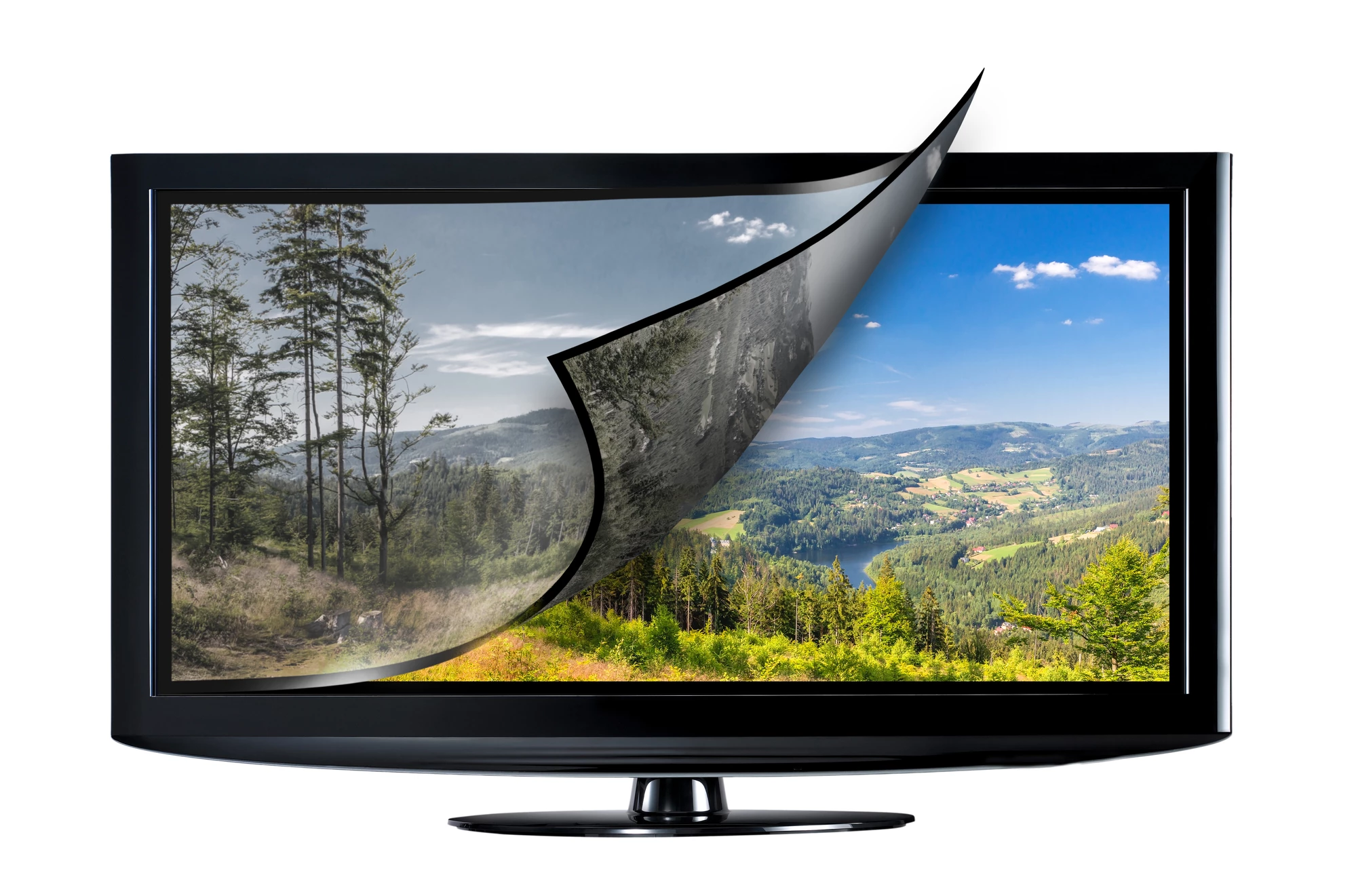Researchers at Stanford University and Samsung have developed a new proof-of-concept for an ultra-high-resolution OLED display. The new “metaphotonic” display technology could improve the color purity of existing OLED screens, and potentially boost the pixel density to an astounding 10,000 pixels per inch (ppi).
When we talk about resolution of displays, it’s usually expressed as the total number of pixels. Full HD, for example, contains a resolution of 1,920 x 1,080 pixels, while 4K boasts 3,840 x 2,160 – but that’s not the full story in picture quality. This year’s newest smartphones all have displays with pixel densities between 450 and 600 ppi, but on a big 65-in TV that might drop to between 100 and 250 ppi, simply because the same number of pixels is being spread out over a larger area.
In the new research, the scientists have developed an OLED technology that can apparently reach an unprecedented 10,000 ppi. With that many pixels crammed into a display, it’ll be virtually impossible for the human eye to distinguish between them, giving images a level of detail close to that of the real world.
This incredible clarity could be very useful for virtual reality headsets, where pixel density is particularly important. Since these screens sit mere centimeters from our eyes, it’s easier to spot the gaps between the pixels – if they’re too wide, it can feel like you’re looking at the virtual world through a screen door.

To make the new technology, the team added an extra layer to the bottom of a conventional OLED stack. Normally, these devices are made up of several layers of organic light-emitting materials sandwiched between electrodes. When activated by the electrodes, the light-emitters give off either red, green or blue light, giving a pixel its color.
The new layer is what’s called an optical metasurface, and it’s patterned with nanoscale corrugations. These manipulate the way the light reflects back, changing how the different colors resonate in each pixel. This, the team says, can adjust for the different wavelengths of light that create each color, so that each pixel can be the same height. That ultimately means the screens can be flatter, thinner and easier to fabricate.
To test out the design, the team created small proof-of-concept devices. When compared to the kind of OLED tech found in TVs and other large displays, they found that their new metaphonic device retained a higher color “purity” and had twice the luminescence efficiency, which describes the ratio of its brightness to energy efficiency. And of course, there’s also the benefit of the 10,000-ppi pixel density.
The team says that Samsung is now investigating how to scale up the technology for eventual use in a full-size display.
The research was published in the journal Science.
Source: Stanford University




